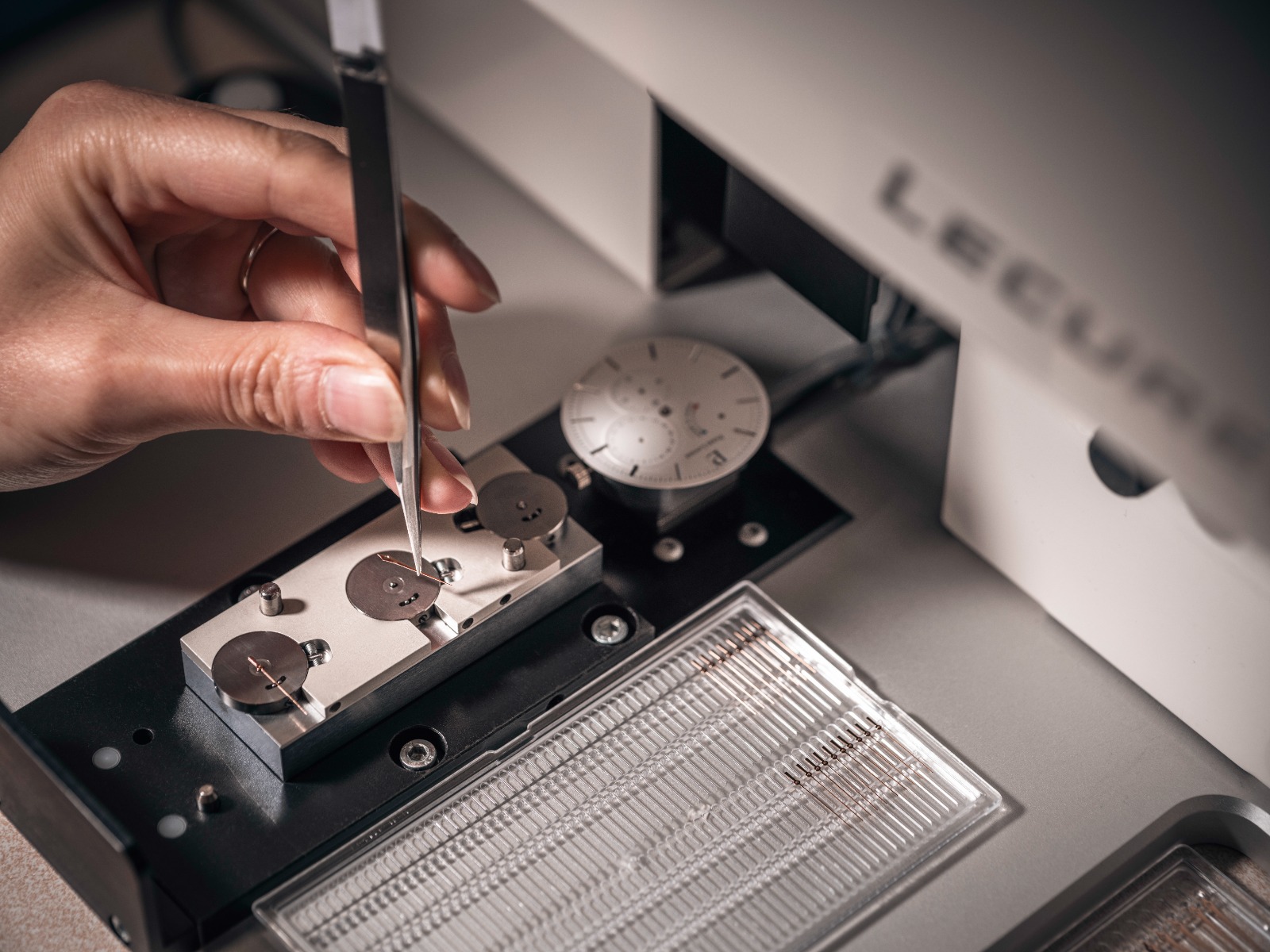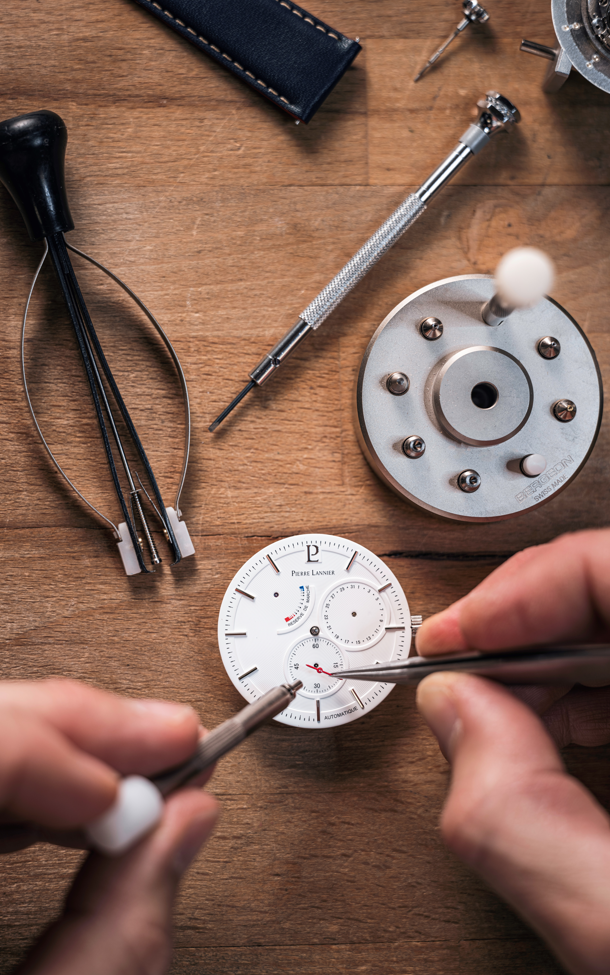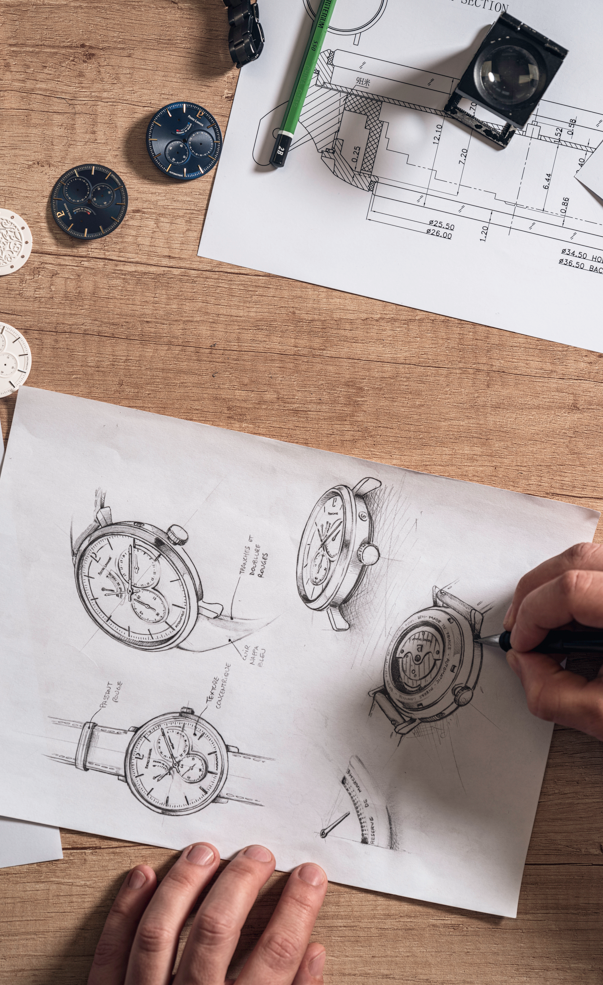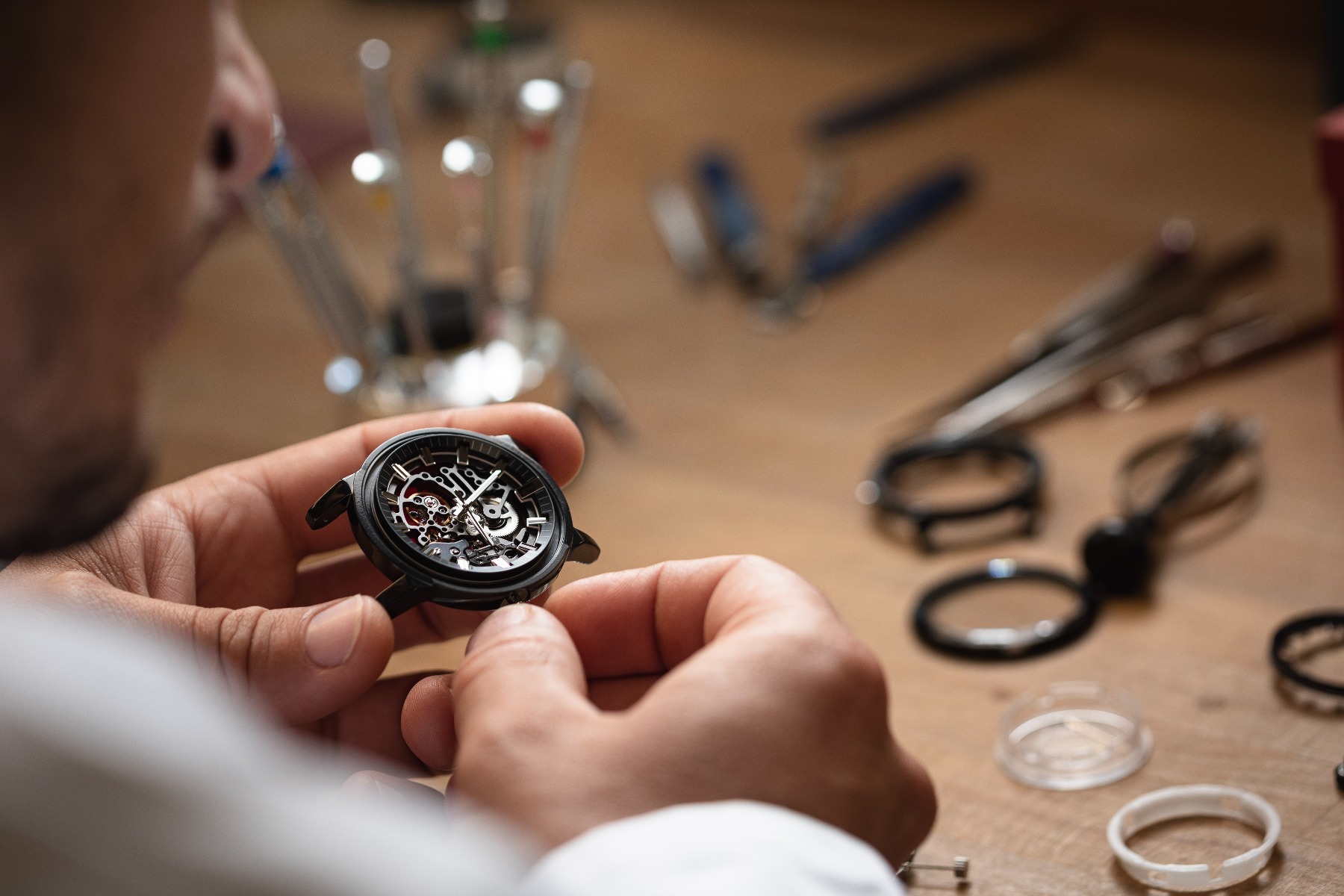1582 - The Gregorian calendar, which divides a whole day into two consecutive periods of twelve hours, is adopted. The dials, which until then had not been very faithful to time, become more accurate. From then on, the upper middle class increases its demand for master watchmakers and the first watches with complications appear.
1715 - It is during the Age of Enlightenment, the golden age of the French watchmaking industry, that this art is in full swing. Indeed, great French names such as Jean-Antoine Lépine, Julien Le Roy, and Pierre-Augustin Caron de Beaumarchais made their mark. Paris became a real center of French watchmaking, where many innovations, such as the marine chronometer, were born. Other cities also witnessed the emergence of the French watchmaking market: Strasbourg, Marseille, Bordeaux and Lyon. More than a market for the Court, watchmaking is now established in more modest homes.
1792 - The French Revolution also marked a turning point in the world of watchmaking. Indeed, the Parisian master watchmakers fled to Besançon, in the Franche-Comté region, in order to continue their art. It was in this very city that the Manufacture d’Horlogerie Française was founded. At the end of the 19th century, the meteoric rise of French craftsmanship in this field made France the world's second leader in watchmaking, just behind Switzerland.
21st century - After a considerable decline of the French watch market due to the First and Second World Wars, France has nevertheless managed to regain its place on the world market by relying on the luxury industry. Today, the French watch, jewelry and jewellery industry employs 12,700 people, an increase of 10% compared to 2020.



